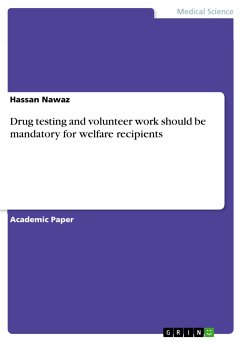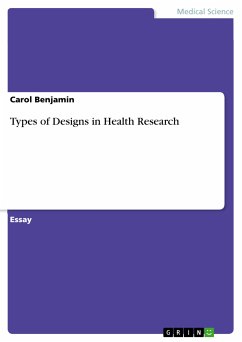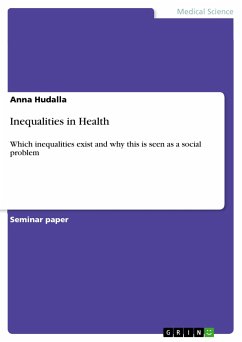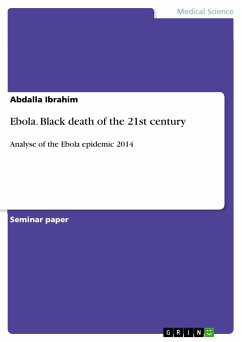Seminar paper from the year 2013 in the subject Health - Miscellaneous, grade: B, The University of Liverpool, language: English, abstract: There is perhaps no more confusing mental process in life than attempting to define attitudes toward death. This process is even more complicated and impacting when it must be formulated by health practitioners who work in a hospice setting. It has been found that there exists a significant percentage (33%) of hospice nurses which found difficulty in knowing who controlled the overall responsibility of hospice patient care. Such confusion has led to an overwhelming desire by both community nurses and general practitioners for additional educational input from domiciliary services (Seamark, Thorne, Jones, Gray, & Searle, 1993, p. 57). There is little doubt that the health care professional finds themselves in a complex organizational system and must find a way to form their own outlook within that system. Nurses want to simultaneously maintain fidelity to patients and their family members, follow physician colleague orders, work in interdisciplinary family-centered teams, and yet follow their consciences when order care or treatments appear harmful to patients (Catlin et al., 2008, p. 106). The complexities of the situation in which hospice professionals find themselves in makes the defining of personal attitudes toward hospice care even more difficult. There were an estimated 1.5 million patients who received hospice services in 2012 (NHPCO, 2013, p. 4). Therefore, a large patient population is directly effected by the outlooks which hospice clinicians take towards end of life care. Since the main focus of palliative care should be maximizing the quality of care of the hospice patient, health practitioners must adopt an attitude towards patients which maximizes the probability of the highest quality of life.
Dieser Download kann aus rechtlichen Gründen nur mit Rechnungsadresse in A, B, BG, CY, CZ, D, DK, EW, E, FIN, F, GR, HR, H, IRL, I, LT, L, LR, M, NL, PL, P, R, S, SLO, SK ausgeliefert werden.









